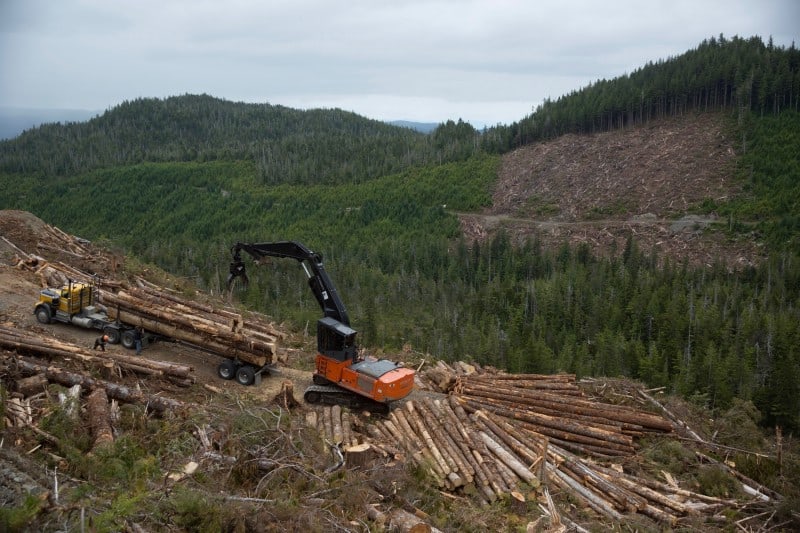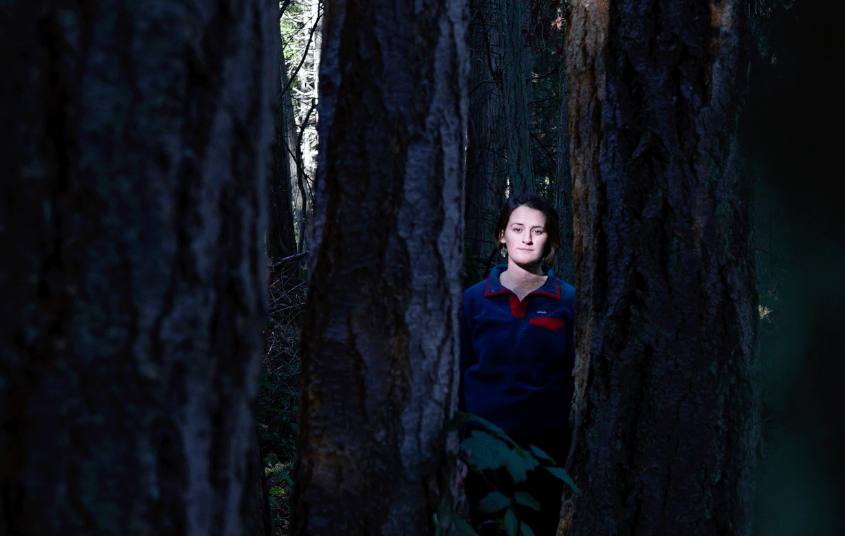Those pesky nosy bodies at Public Employees for Environmental Responsibility (PEER) are at it again. Below is there latest press release. – mk
Washington, DC — A state-federal timber partnership in Alaska’s Tongass National Forest went badly off-course, doing environmental damage in what was supposed to be a restoration project, according to a complaint filed today by Public Employees for Environmental Responsibility (PEER). Rather than improve forest health, the group charges that the sale damaged it.
In 2014, Congress enacted “Good Neighbor” authority for timber agreements between federal and state governments to enable cooperative forest restoration projects on federal lands when similar restoration projects take place on adjacent state lands. The political sales pitch for the suggestively titled Good Neighbor program characterized it as a proverbial “win-win” in that public forestlands receive needed restoration work while local mill economies benefit at the same time.
Employees complained to PEER that the Good Neighbor timber sale conducted on Kosciusko Island in the Alexander Archipelago of southeastern Alaska did not follow the blueprint. Contrary to how the program was supposed to work, in this case –
• There is no restoration of any kind planned on either federal or state lands;
• The U.S. Forest Service contract did not provide for any reforestation, even of parcels that were clearcut; and
• Few jobs materialized at local lumber mills and processing plants because all the timber was exported to East Asia.
To add insult to injury, by law, a portion of the income generated by the Good Neighbor sale must return to the U.S. Forest Service, but in this case, the State of Alaska is apparently set to pocket the income generated by this conventional timber sale masquerading as a restoration project.
“In this timber sale, Good Neighbor authority became a license to loot,” stated PEER Staff Counsel Adam Carlesco, arguing that under the guise of restoration, damaging clear-cutting occurred. “Both the U.S. Forest Service and the Alaska Department of Natural Resources acted more like co-conspirators than collaborators for improving forest health.”
PEER is asking the U.S. Department of Agriculture Office of Inspector General to audit not only this sale but also all the other Good Neighbor agreements. The PEER complaint also asks the IG to review a pattern of timber sale maladministration by the Forest Service.
“This is one of the first Good Neighbor timber sales and we are concerned that unless these problems are cured, as the twig is bent so grows the tree,” added Carlesco. “This Good Neighbor exercise made the case for high fences rather than more cooperation.”
###
See continuing pattern of taxpayer rip-offs from Tongass timber sales



